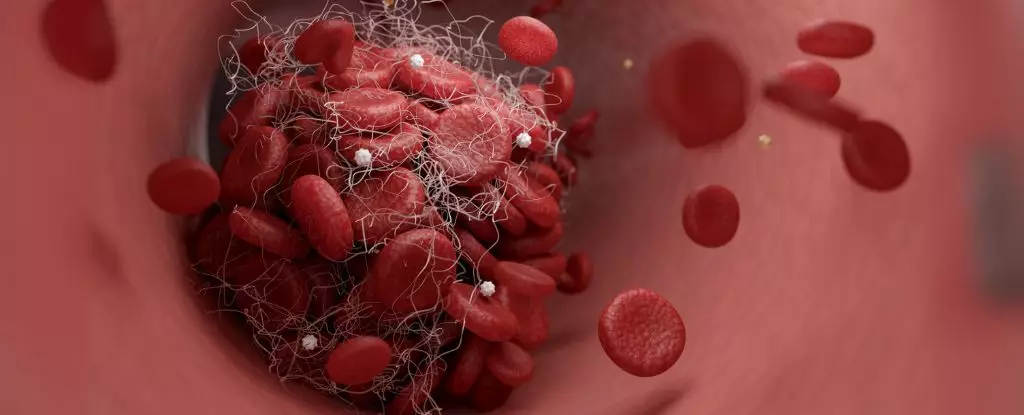Stroke is not just an elderly phenomenon, yet society continues to largely perceive it as an affliction only for older adults. As a neurocritical care nurse turned stroke researcher, I’ve been on the front lines witnessing the instantaneous devastation strokes wreak on lives. Stroke doesn’t just haunt the elderly; it is becoming increasingly prevalent among individuals under 55. The World Health Organization (WHO) estimates that nearly 15 million people suffer a stroke every year; thus, the need to prioritize stroke education and prevention in public health cannot be ignored. Understanding stroke risk factors is tantamount to battling this silent epidemic—it’s your first line of defense.
Age Doesn’t Discriminate: Shift in Demographics
The narrative surrounding stroke predominantly highlights risk factors associated with older age, such as hypertension and high cholesterol. However, alarming studies indicate that younger generations are becoming afflicted too—early 40s, even late 30s. A disturbing increase in lifestyle-related risks, including obesity and physical inactivity, is solidifying this dangerous trend. Coupled with social factors such as lower income and education levels, younger populations display a perfect storm of vulnerabilities. Educating young people about stroke risks is not merely an option; it’s an obligation.
Unique Female Risks: An Overlooked Reality
Women face distinct stroke risks, yet the broader public is often oblivious to these nuances. Conditions like pregnancy and the use of certain contraceptive pills can exponentially increase stroke risks, especially for smoking women. Furthermore, women are more susceptible to strokes overall and tend to suffer worse outcomes. This disparity in knowledge must be addressed; dismissing these differences is to trivialize a gendered healthcare crisis. Societal attitudes toward women’s health require substantial rewrite if we are to combat the unique vulnerabilities they face.
Socioeconomic Shadows: The Role of Class
Throwing our hands up in despair won’t close the gap so easily. Those from lower socioeconomic backgrounds face a double-edged sword, often grappling with unhealthy lifestyle habits intertwined with limited access to quality healthcare. For many, resources to lead a healthier lifestyle are just out of reach, leading to preventable strokes becoming a cruel byproduct of systemic inequities. Ignoring this multifaceted crisis is not only irresponsible but also a betrayal of moral obligation to ensure equitable healthcare for all.
The Personal Accountability Paradigm
The narrative of stroke risk is not purely a matter of fate. Concrete steps can be taken to diminish one’s personal risk. The following eight lifestyle changes are actionable, realistic, and proven to significantly lower the likelihood of experiencing a stroke.
1. Stop smoking—it more than doubles one’s risk.
2. Monitor your blood pressure—high blood pressure is the leading modifiable cause of strokes.
3. Manage cholesterol levels—avoid saturated fats and maintain a healthy weight.
4. Control blood sugar—elevated sugar serves as a ticking time bomb for blood vessels.
5. Maintain a healthy weight—obesity compounds the risk exponentially.
6. Embrace the Mediterranean diet—which emphasizes healthy fats and whole grains.
7. Prioritize quality sleep—finding the right balance is critical.
8. Stay physically active—aim for a minimum of 150 minutes weekly.
Education and action must march hand in hand in order to tackle the stroke epidemic effectively.
Changing the Narrative Through Collective Action
The statistics surrounding strokes are alarmingly profound. A single stroke can dramatically alter not just the life of the person affected, but also that of their loved ones. By shifting conversations from reactive treatment to proactive prevention, we can forge a path toward societal health empowerment. Individuals hold power in their hands—their choices can become a bulwark against this debilitating disease.
It is time we start a movement toward stroke awareness that transcends generations, reaches both genders, and acknowledges socioeconomic realities. Let us reject ignorance and supply the necessary education to equip ourselves and others to live longer, healthier lives. Ignoring the multifaceted reality of strokes undermines our responsibility to safeguard future populations. We can, and must, empower ourselves with knowledge and proactive strategies—our lives depend on it.


Leave a Reply